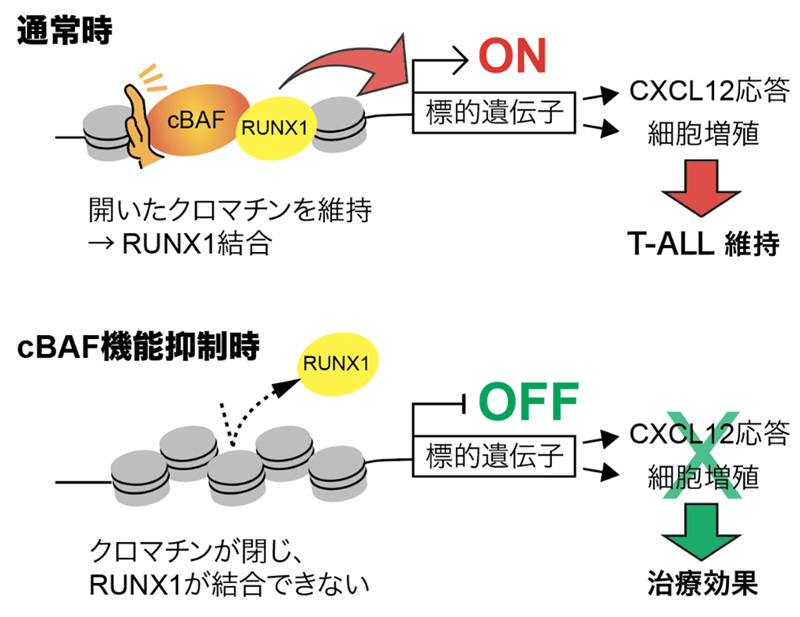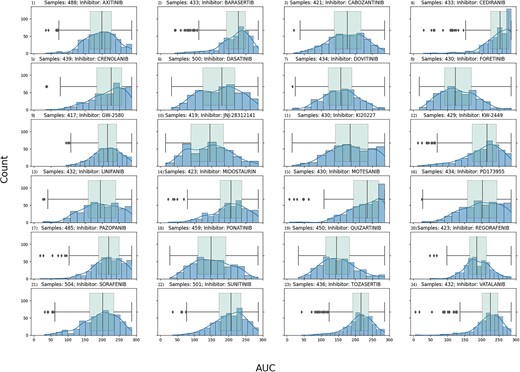2023-11-14 インペリアル・カレッジ・ロンドン(ICL)
◆既存のAIツールは手作業で数百のフレームに手作業で注釈をつけ、コンピュータが学ぶデータベースを提供する必要がありましたが、「replicAnt」は1クリックで数千の注釈付き画像を自動的に作成し、種や環境の変動を無理なく組み込みます。これにより、動物の研究においてAIツールの使用を迅速かつ効果的に行うことが期待されます。
<関連情報>
- https://www.imperial.ac.uk/news/249478/new-tool-help-ai-track-animals/
- https://www.nature.com/articles/s41467-023-42898-9
replicAnt:アンリアル・エンジンを使って複雑な環境にいる動物の注釈付き画像を生成するパイプライン replicAnt: a pipeline for generating annotated images of animals in complex environments using Unreal Engine
Fabian Plum,René Bulla,Hendrik K. Beck,Natalie Imirzian & David Labonte
Nature Communications Published:08 November 2023
DOI:https://doi.org/10.1038/s41467-023-42898-9

Abstract
Deep learning-based computer vision methods are transforming animal behavioural research. Transfer learning has enabled work in non-model species, but still requires hand-annotation of example footage, and is only performant in well-defined conditions. To help overcome these limitations, we developed replicAnt, a configurable pipeline implemented in Unreal Engine 5 and Python, designed to generate large and variable training datasets on consumer-grade hardware. replicAnt places 3D animal models into complex, procedurally generated environments, from which automatically annotated images can be exported. We demonstrate that synthetic data generated with replicAnt can significantly reduce the hand-annotation required to achieve benchmark performance in common applications such as animal detection, tracking, pose-estimation, and semantic segmentation. We also show that it increases the subject-specificity and domain-invariance of the trained networks, thereby conferring robustness. In some applications, replicAnt may even remove the need for hand-annotation altogether. It thus represents a significant step towards porting deep learning-based computer vision tools to the field.


